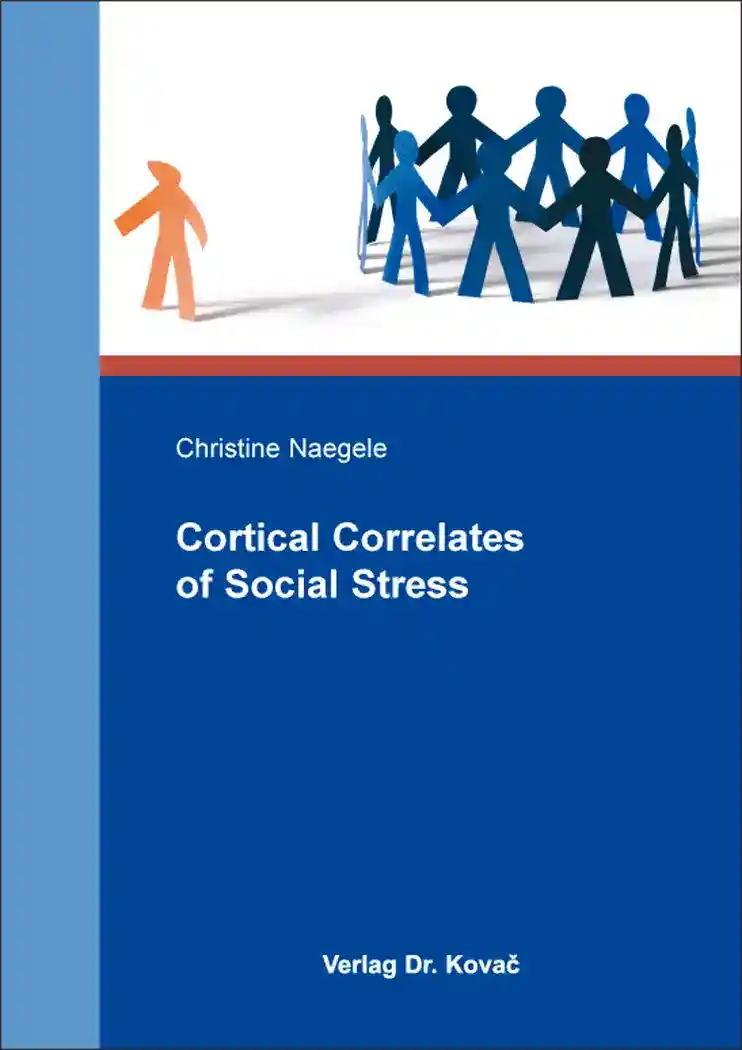Christine NaegeleCortical Correlates of Social Stress
Studien zur Stressforschung, volume 36
Hamburg 2014, 134 pages
ISBN 978-3-8300-7798-5 (print)
ISBN 978-3-339-07798-1 (eBook)
About this book deutschenglish
The present work provides an overview over the relationship between social rejection, rejection sensitivity, borderline personality disorder (BPD) and major depression disorder (MDD). Individuals with a psychological disorder such as depression or borderline personality disorder (BPD) are assumed to be more sensitive to social rejection than healthy individuals. According to the attachment theory, early childhood experience influences our expectations and our behaviour in forthcoming relations. Downey and Feldman (1996) claim that high rejection sensitivity is developed as response to early, permanent/repeated and open rejection. The present magnetoencephalographic (MEG) study explored neural correlates of experimentally induced social exclusion to better understand the processing of emotional distress during social exclusion. Neuromagnetic (MEG) activity was measured in 73 subjects (healthy, high rejection-sensitive, MDD patients, BPD patients) during a virtual ball-tossing game. Activity in the source space (MNE) was compared between conditions (exclusion (33.3%) – inclusion (66.6%), extended exclusion (90%)), groups and blocks.
The present results indicate that the pattern of cortical activity during social exclusion contributes to the understanding of processes involved in social exclusion in the following way: areas associated with emotion processing, emotion regulation, monitoring and thinking about the mental states of others are clearly involved in processing this social interaction. What on a psychological level is described as social exclusion involves a brain network that forms the concept of social exclusion.
